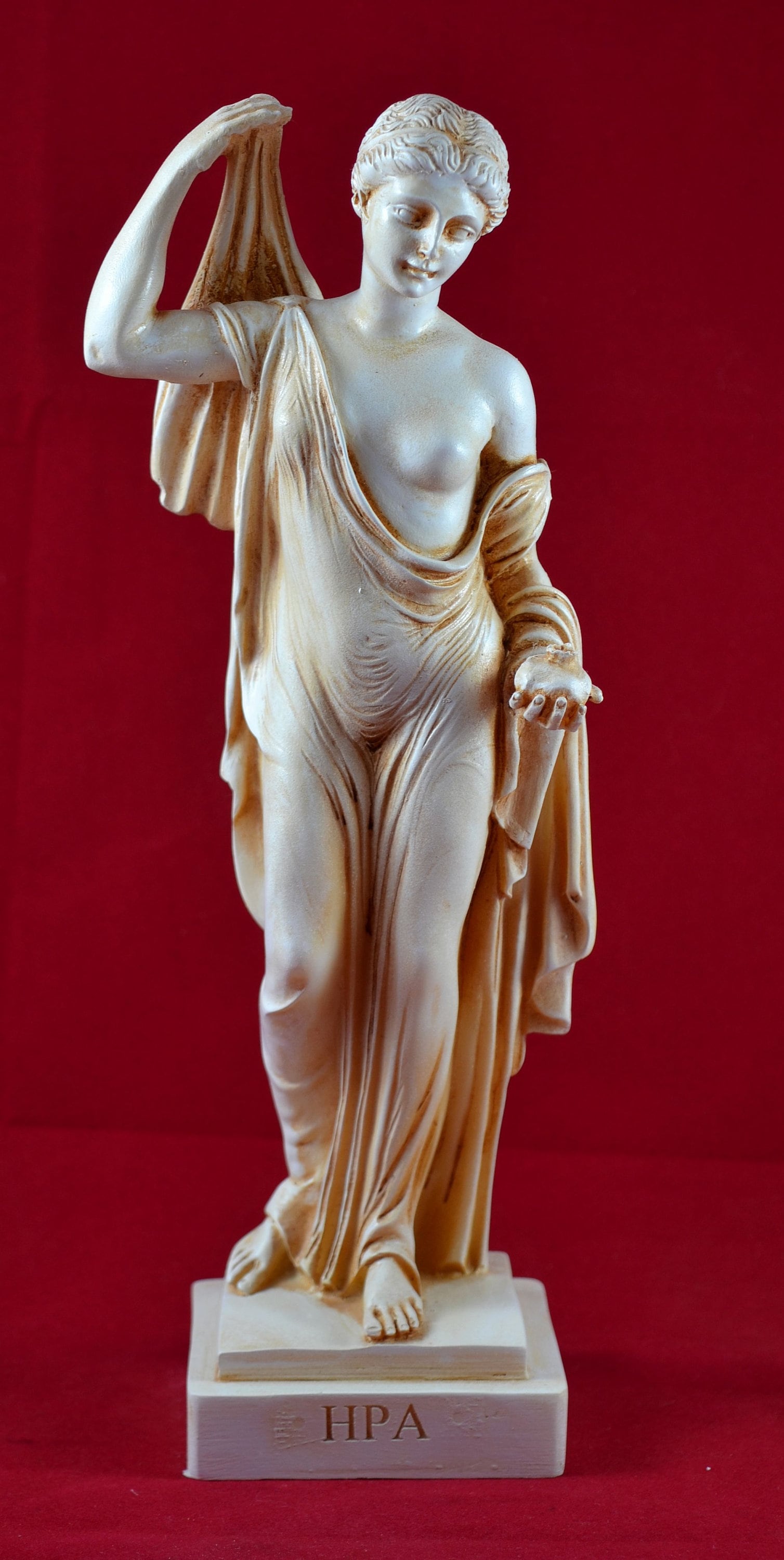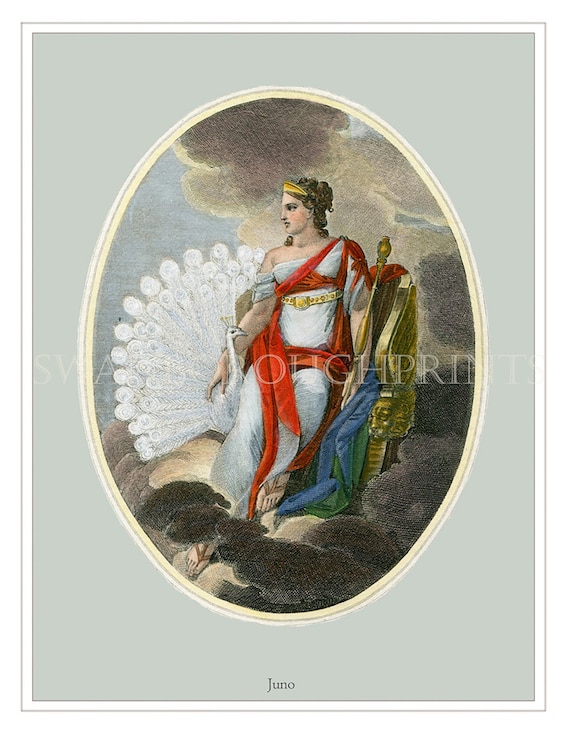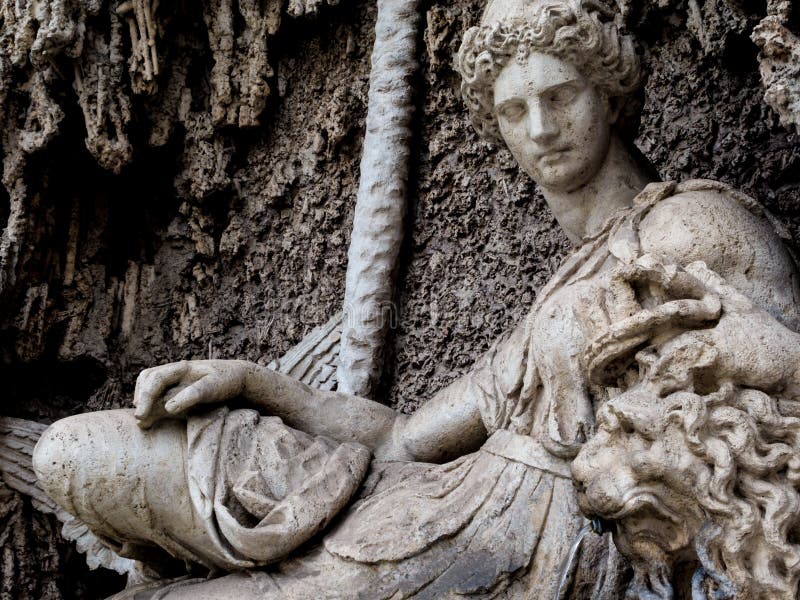

Museum of Fine Arts, Boston / Public Domain Etymology In this marble sculpture, she wears a diadem. Though she remained a beloved figure for centuries, Juno’s importance began to wane with the advent of the Roman Empire in the first century BCE.Īs queen of the Roman deities, Juno was often depicted wearing some sort of crown. The fluidity of her identity made her one of the most broadly worshiped Roman deities, as is evidenced by the huge number of temples built in her honor and festivals held in her name. She was “Mother”, “Midwife”, “Queen”, and “Light Bringer.” She was also considered a moon goddess, likely for her association with the waxing and waning of the celestial body, which in turn symbolized the cycles of growth and decay that defined all of existence. According to the time and place of her worship, she embodied several distinct personae.

Juno was among the first Roman gods and goddesses, and like her counterpart deities was thought to oversee both the private affairs of her worshipers and the affairs of the Roman state. Juno was adapted from the Greek goddess Hera, and her essential characteristics and mythology were nearly identical to her Greek predecessor.


She was married to Jupiter, king of all the gods, and served as a part of the divine ruling triumvirate known as the Capitoline Triad. The Roman goddess of marriage, home, and family, Juno was a champion of women and protector of the Roman state. She bore far more roles and titles than most other deities. Juno was widely worshipped across the Roman empire and was the patron goddess of Rome. Juno was frequently symbolized by the peacock, whose tail she adorned with the hundred eyes of her loyal watchman, Argus. Juno was strongly associated with the Greek goddess Hera, who like Juno was the queen of the gods and was also seen as a protector of women and family. Which Greek deity was the equivalent of Juno?.


 0 kommentar(er)
0 kommentar(er)
